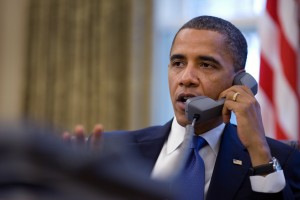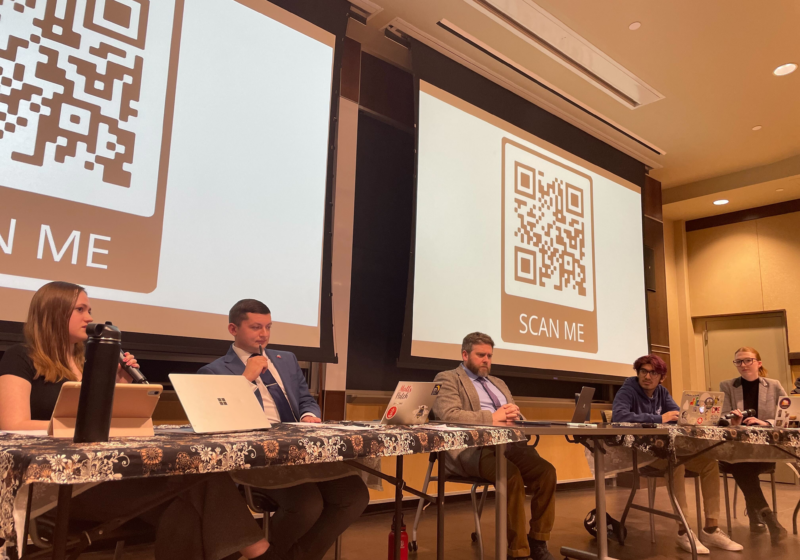On Monday, Sept. 27, President Barack Obama held a conference call with college journalists across the nation to discuss what his administration is doing to address one of the most important issues to young Americans — improving the quality and affordability of a college education.
“We have fallen behind,” the President said in his opening statement. “In a single generation we’ve fallen from first to 12th in student graduation.”
That statistic set the backdrop to one of the most ambitious goals set by the President and his administration — Obama has proposed that by 2020, the U.S. should be back to No. 1 in student graduation.
During the call, the President outlined three major phases of a strategy designed to achieve this goal, the first of which is making college more affordable for students.
One way his administration has begun working on this is by revising the Federal Loan System. According to Obama, federal loans used to go through major banks, which made a profit off of them. His administration changed this so that federal loans now go directly to students, improving rates and helping college to be more affordable.
Additionally, Obama’s administration has tripled the investment in college tax credits for middle-class families and — as a part of the new health care bill — made it so that students can stay on their parents’ health care plans until age 26, provided that they do not get a job that offers them insurance of their own.
Perhaps the centerpiece of Obama’s plan to make college more affordable, however, is the creation of a public service incentive to help students pay off their loans. If graduates go into some sort of public service field, such as being a teacher or a police officer, they would only have to pay 10 percent of their annual salary to pay off their loans, regardless of what that salary is. Additionally, if the loans were not paid off within 10 years, the incentive would allow the loans to be completely forgiven.
Obama also suggested, however, that making schools more affordable may come at the expense of some of the luxuries that college students enjoy, citing high-quality athletic
facilities and food as examples — considerations that the President admitted would likely be unpopular.
“Part of what I think we’ve got to examine is [whether we are] designing our universities in a way that focuses on the primary thing, which is education,” Obama said. “You’re not going to a university to join a spa; you’re going there to learn so that you can have a fulfilling career. And if all the amenities of a public university start jacking up the cost of tuition significantly, that’s a problem.”
The second part of the Obama administration’s plan to get the U.S. back to the top of the graduation rankings is to make sure that the educational system is geared toward creating a workforce that is trained for the jobs of the future. A key component of this is trying to make students aware of what types of degrees will be useful in the workplace, especially in the public school system.
The final part of the plan is not only making sure that students can get in to college, but also that they can stay there and earn degrees. According to Obama, one-third of college students never earn a degree, and half of minority students don’t — even after six years.
“That’s a waste of potential, particularly if folks are racking up big debt and then they don’t even get the degree at the end,” Obama said.
The President is attempting to improve this by setting up a College Access and Completion Fund, which would be used to implement new approaches to improving students’ success in college.
In his conclusion to the talk, Obama remained cautiously optimistic about the future for young Americans.
“If you are able to work together as a generation to tackle long-standing problems that you inherited but that are solvable, then there’s no reason why the 21st century is not going to be the American century just like the 20th century was,” he said.
Obama also stressed the importance of the upcoming midterm elections in the process, showing that the government is still far from any sort of bipartisan ideal.
“Change is always hard in this country … It’s a big, complicated democracy. It’s contentious,” the President said. “We’re going to have to have vigorous debates … and the energy that you were able to bring to our politics in 2008.That’s needed not less now, it’s needed more now.”






